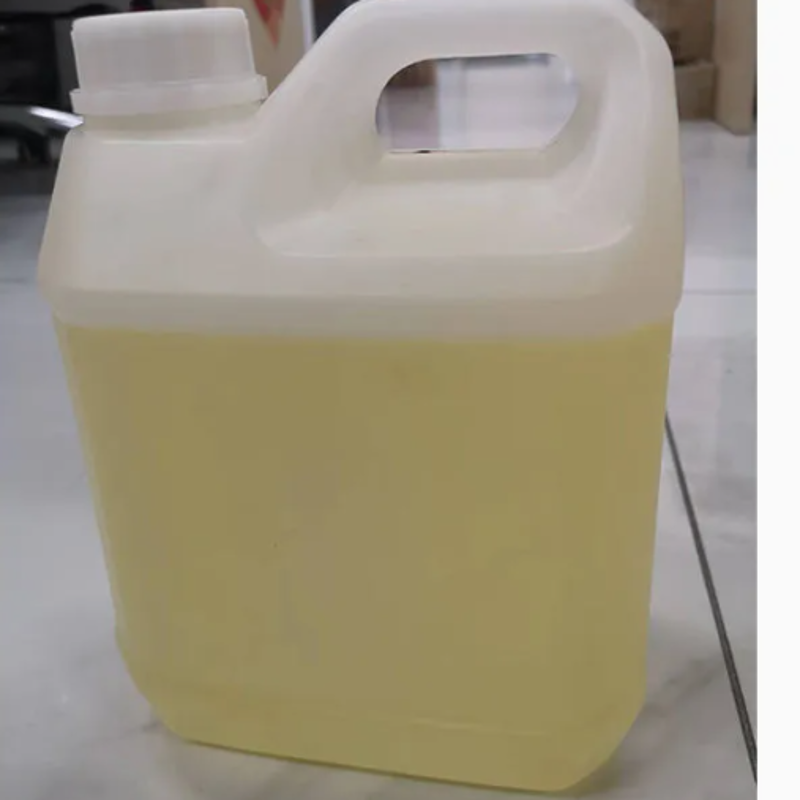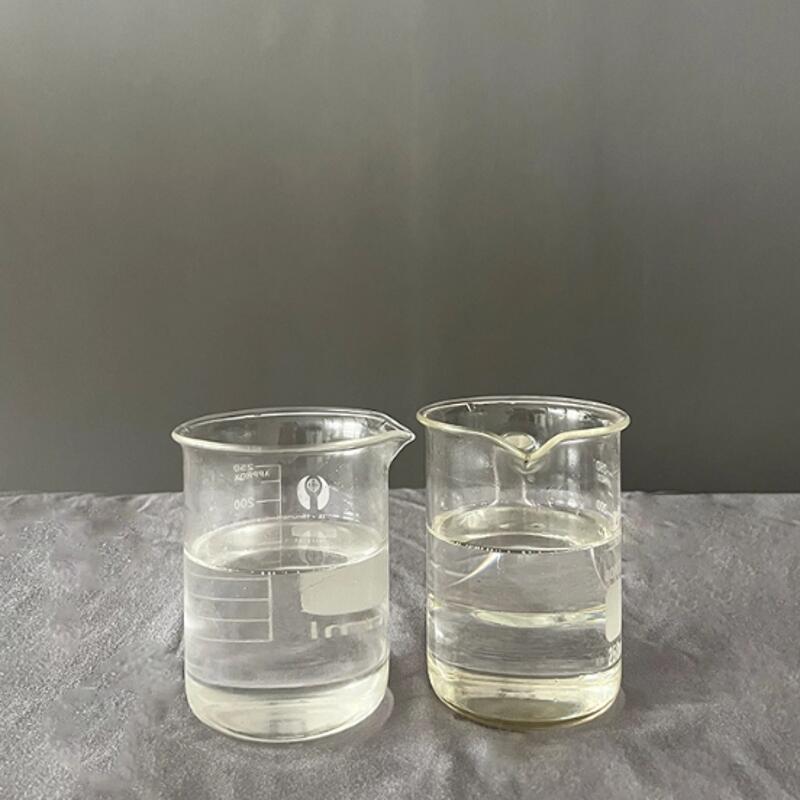-
Categories
-
Pharmaceutical Intermediates
-
Active Pharmaceutical Ingredients
-
Food Additives
- Industrial Coatings
- Agrochemicals
- Dyes and Pigments
- Surfactant
- Flavors and Fragrances
- Chemical Reagents
- Catalyst and Auxiliary
- Natural Products
- Inorganic Chemistry
-
Organic Chemistry
-
Biochemical Engineering
- Analytical Chemistry
-
Cosmetic Ingredient
- Water Treatment Chemical
-
Pharmaceutical Intermediates
Promotion
ECHEMI Mall
Wholesale
Weekly Price
Exhibition
News
-
Trade Service
Recently, biodegradable plastics are very popular, and various levels of plastic bans have been introduced in various places.
As one of the main types of biodegradable plastics, PLA is naturally rising, and lactide, an intermediate raw material produced by the PLA two-step method, is in short supply.
.
1.
Introduction of PLA material
Introduction of PLA material
PLA is the English abbreviation of polylactic acid, and the full English name is Polylactic Acid or Polylactide.
It is the condensation product of α-hydroxypropionic acid and belongs to a kind of thermoplastic aliphatic polyester
.
Figure PLA structural formula
The appearance of PLA was first obtained by Dupont scientist Wallace Carothers in 1932 by direct condensation of lactic acid in a vacuum.
Due to the low molecular weight of the polymer produced and the high production cost, commercial production was not achieved at that time
.
It was not until 1987 that the food company Cargill began to invest in the research and development of a new PLA manufacturing process.
In 2001, Cargill and Dow jointly established NatureWorks for commercial production of PLA, and PLA officially entered every aspect of our lives in large quantities
.
Figure PLA particles, Hisun Bio
2.
PLA material synthesis process
PLA material synthesis process
1.
Preparation of monomer raw materials for PLA
The monomer raw material of PLA is lactic acid, which is generally obtained by crushing shell crops such as corn, extracting starch from it, and then converting the starch into unrefined glucose
.
Figure PLA fiber preparation process, from the network
2.
The polymerization method of PLA
There are two main methods for the synthesis of PLA, namely direct polycondensation of lactic acid and ring-opening polymerization of lactide (also known as two-step method)
.
Figure direct polycondensation method, derived from polymer material modification and anti-aging technical consultation
Figure two-step method, derived from polymer material modification and anti-aging technical consultation
3.
PLA material properties and processing technology
PLA material properties and processing technology
PLA is a light yellow transparent solid with good thermal stability.
The processing temperature is 170-230 °C, and it has good solvent resistance.
It can be processed in various ways, such as extrusion, spinning, biaxial stretching, and injection blow molding
.
Figure 3D printed PLA monofilament, Rakuten
Fourth, the application of PLA
Fourth, the application of PLAPolylactic acid (PLA) is a new type of biodegradable material, suitable for various processing methods such as extrusion, injection molding, film drawing, spinning, etc.
It is easy to process, so it can be used in food packaging, fast food lunch boxes, non-woven fabrics, Industrial and civilian fabrics, agricultural fabrics, 3D printing and other fields
.
According to the survey data of Hengzhou Bozhi (QYR) Chemical and Materials Industry Research Center, the application of PLA materials in the field of food packaging and tableware accounts for over 66%, followed by medical and personal care, accounting for 28%
.
Figure sample of living utensils made of PLA, Hisun Bio
Disposable cup made of PLA, Guanghua Albert
Figure PLA injection molding sample, Nissei booth at K exhibition in Germany
Figure PLA injection molding sample, Nissei booth at K exhibition in Germany
Figure Biodegradable Plastic Bags
Tableware made of PLA, Guzhiyuan
Figure degradable extrusion products, all one
Figure PLA 3D printed human organs, Kronplast
Among them, the development and application of polylactic acid (PLA) is particularly rapid
.
According to statistics, from 2015 to 2020, the annual growth rate of the global polylactic acid market will reach 20.
9%, and by 2020 the global polylactic acid consumption market will reach 5.
16 billion US dollars
.







